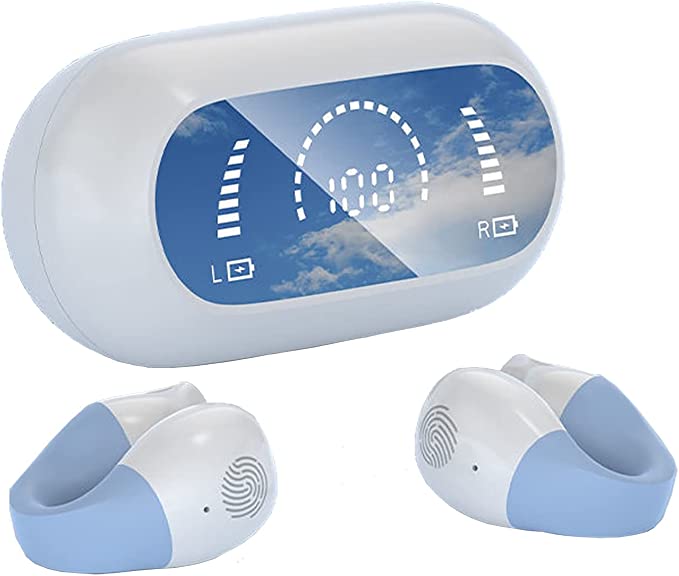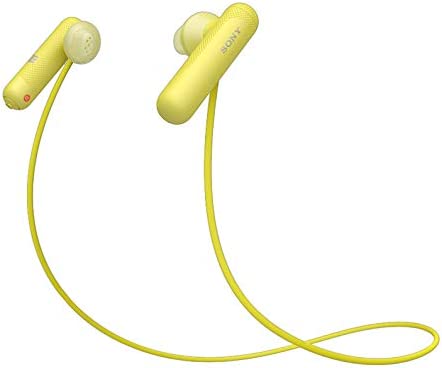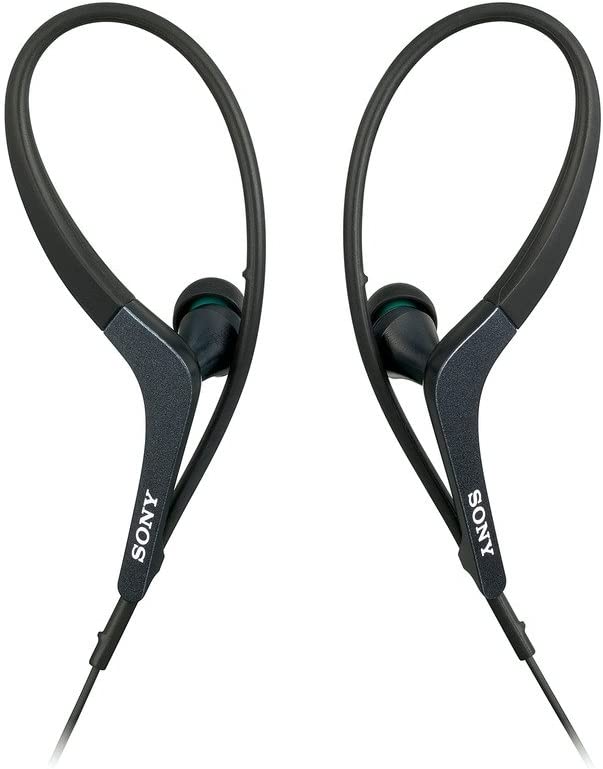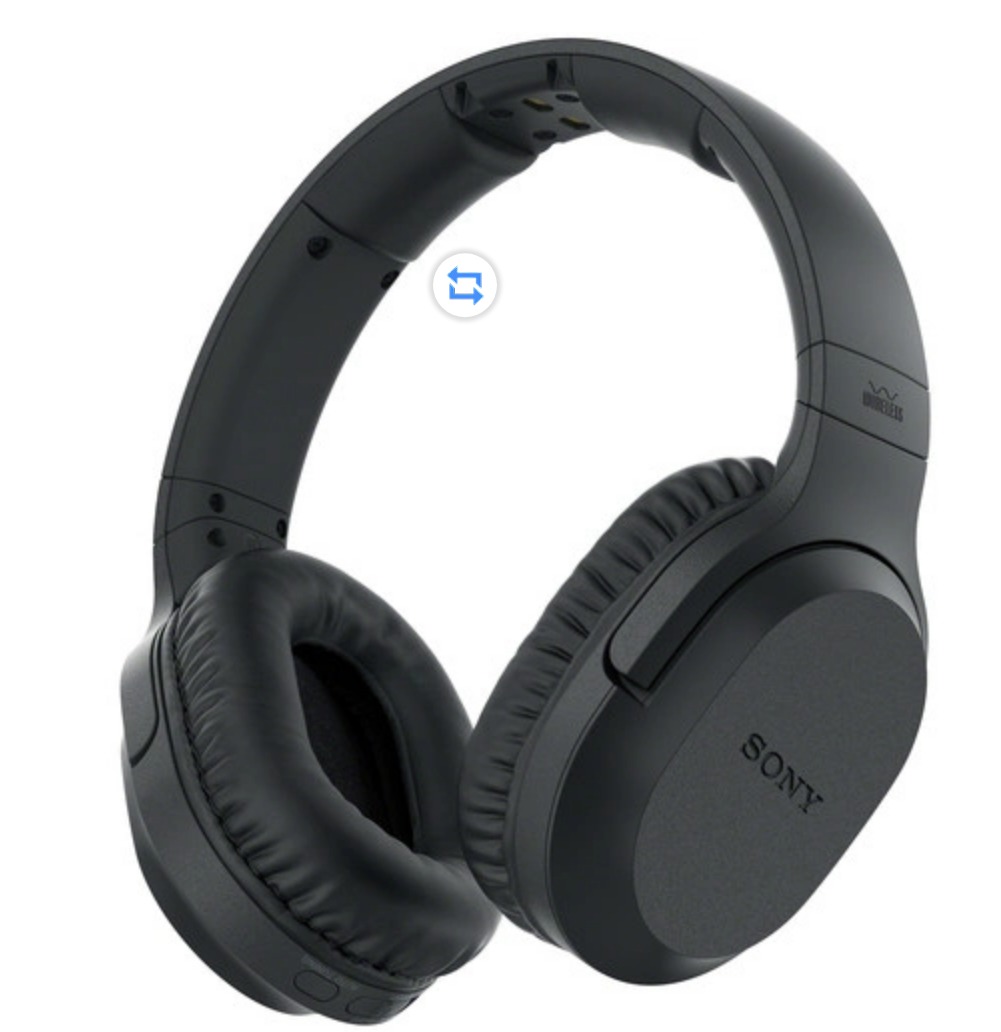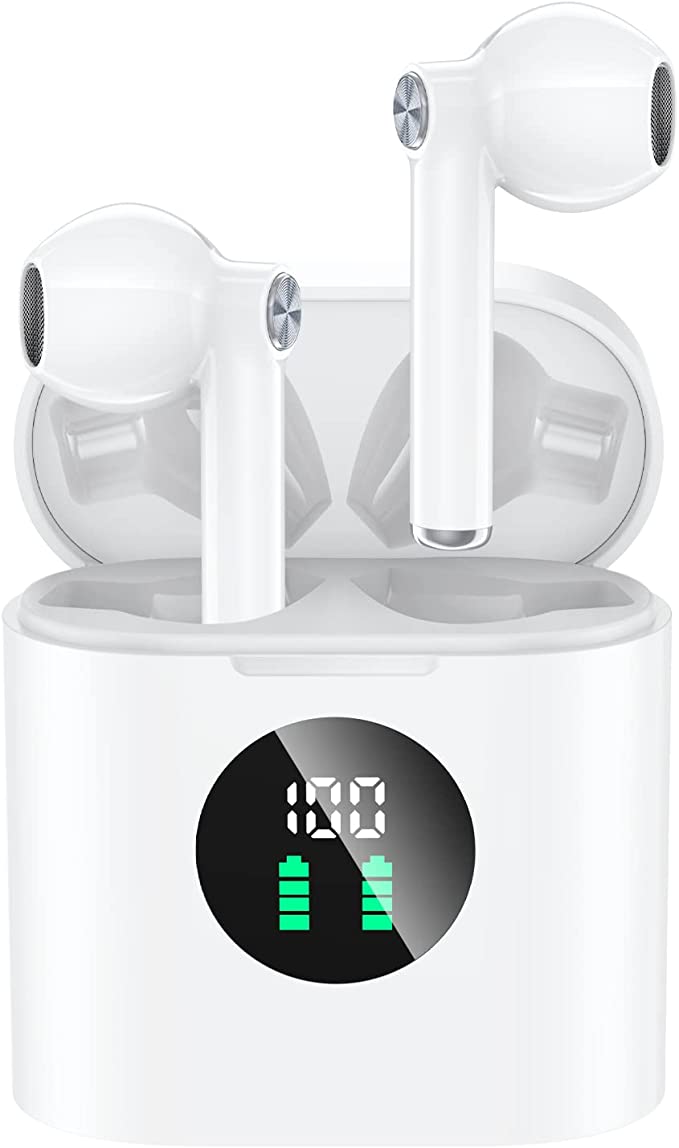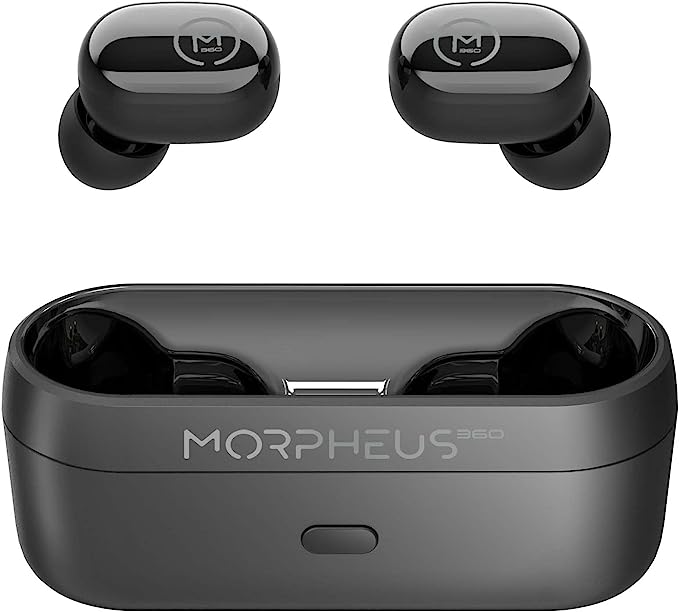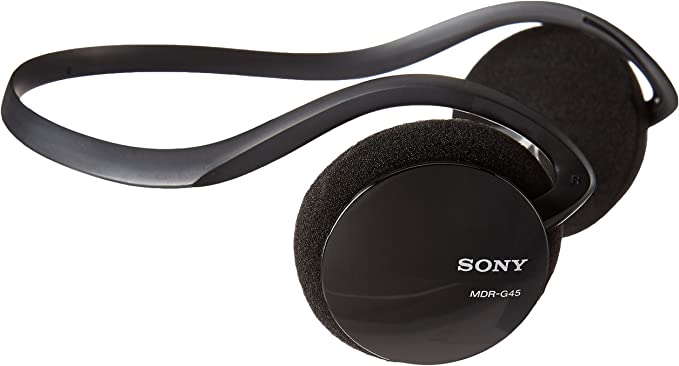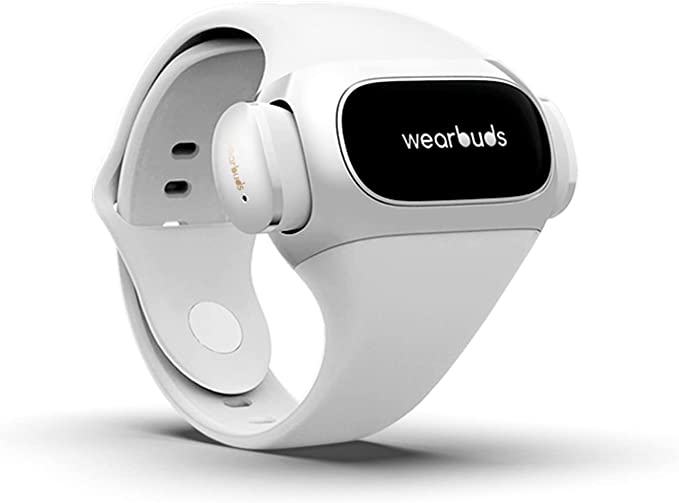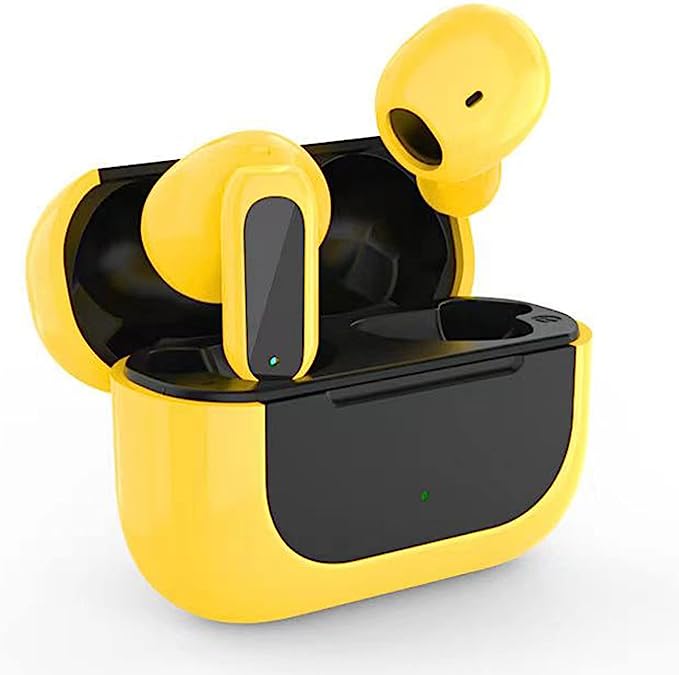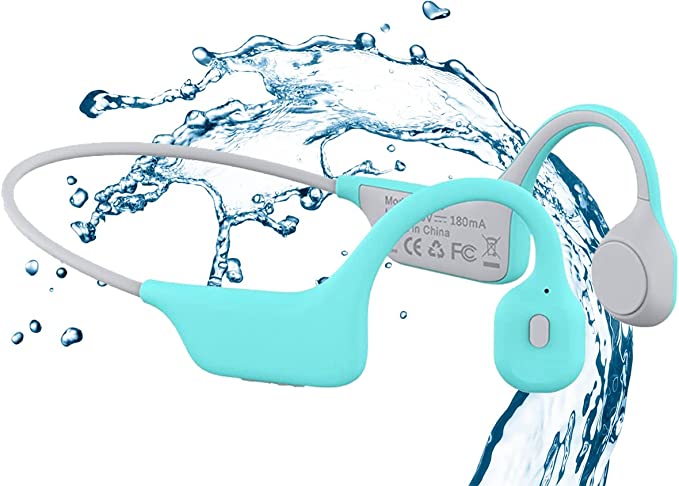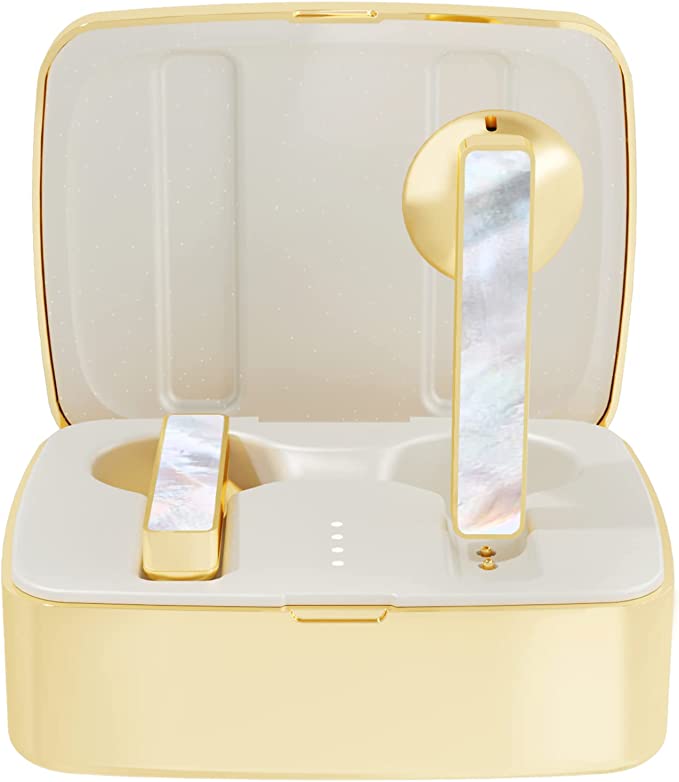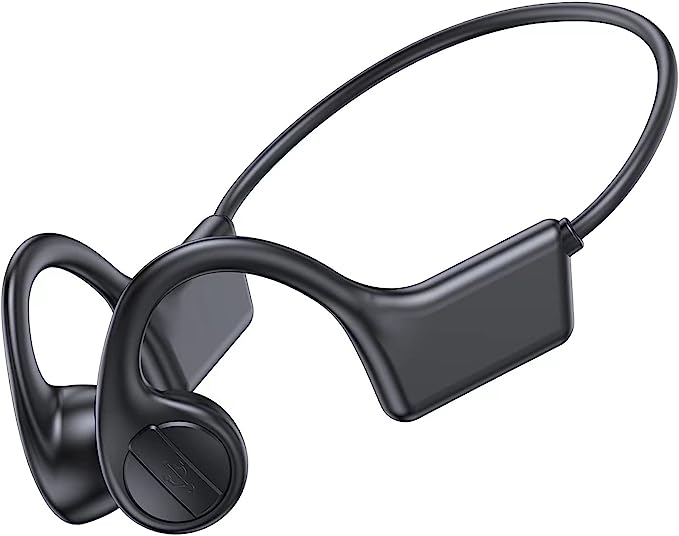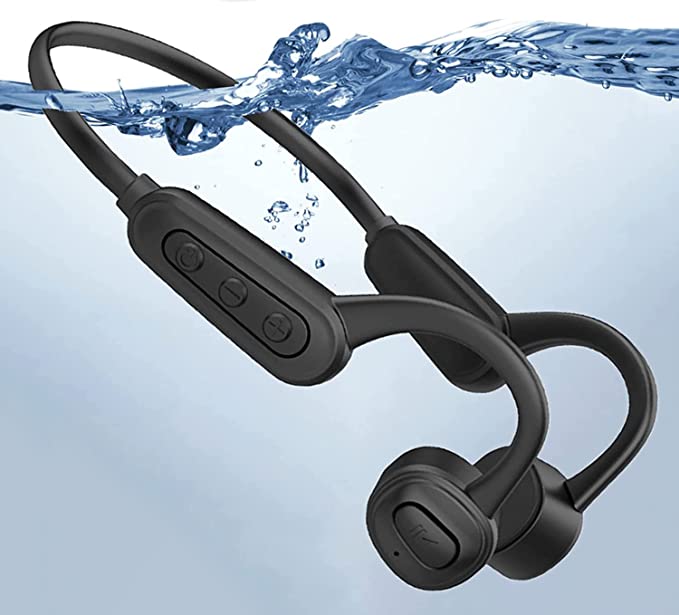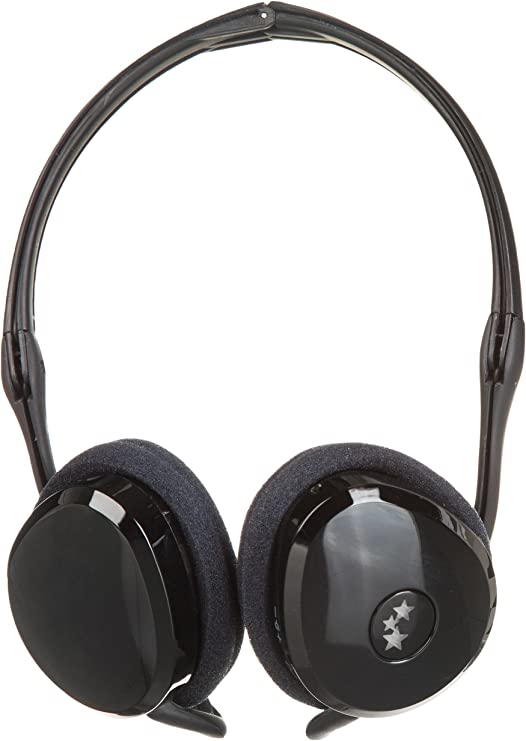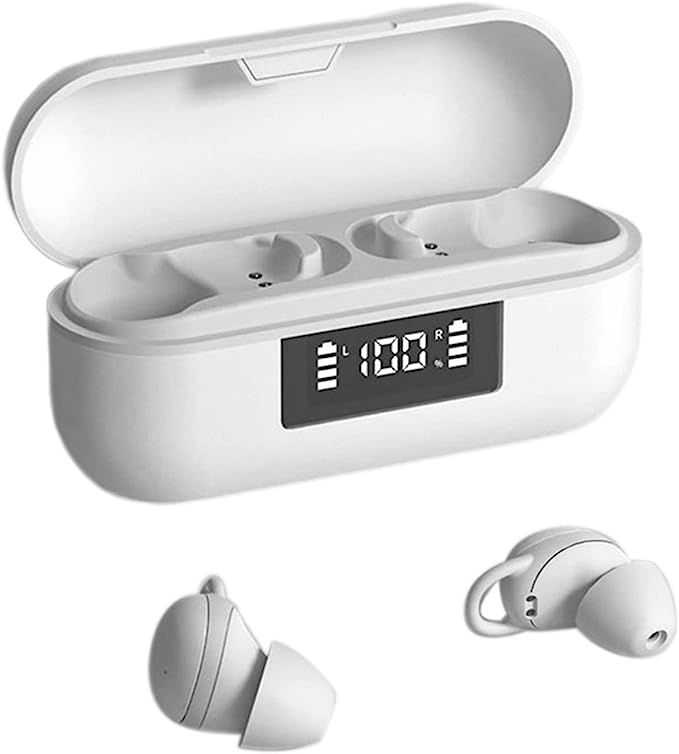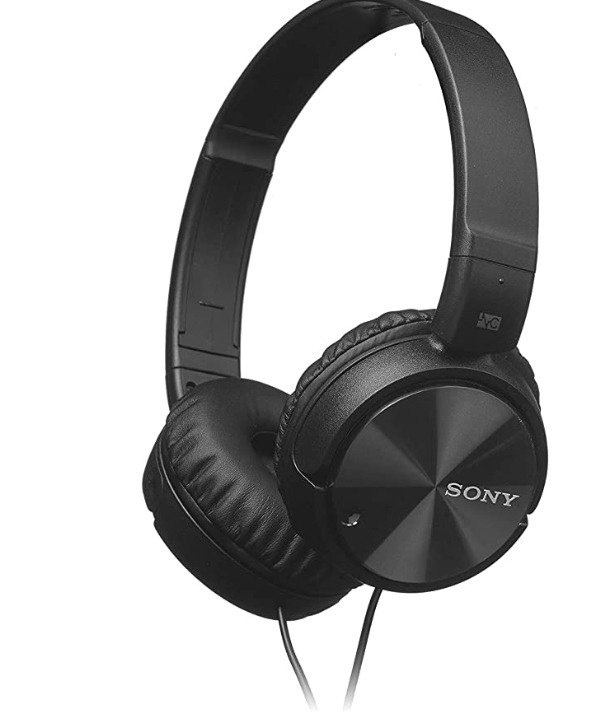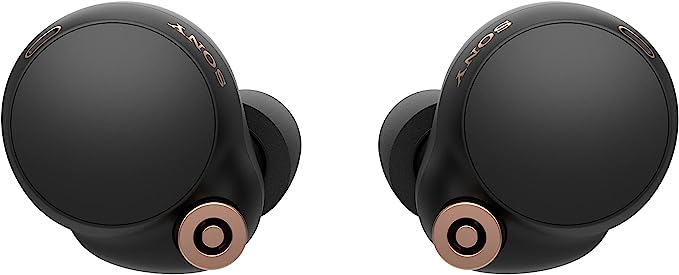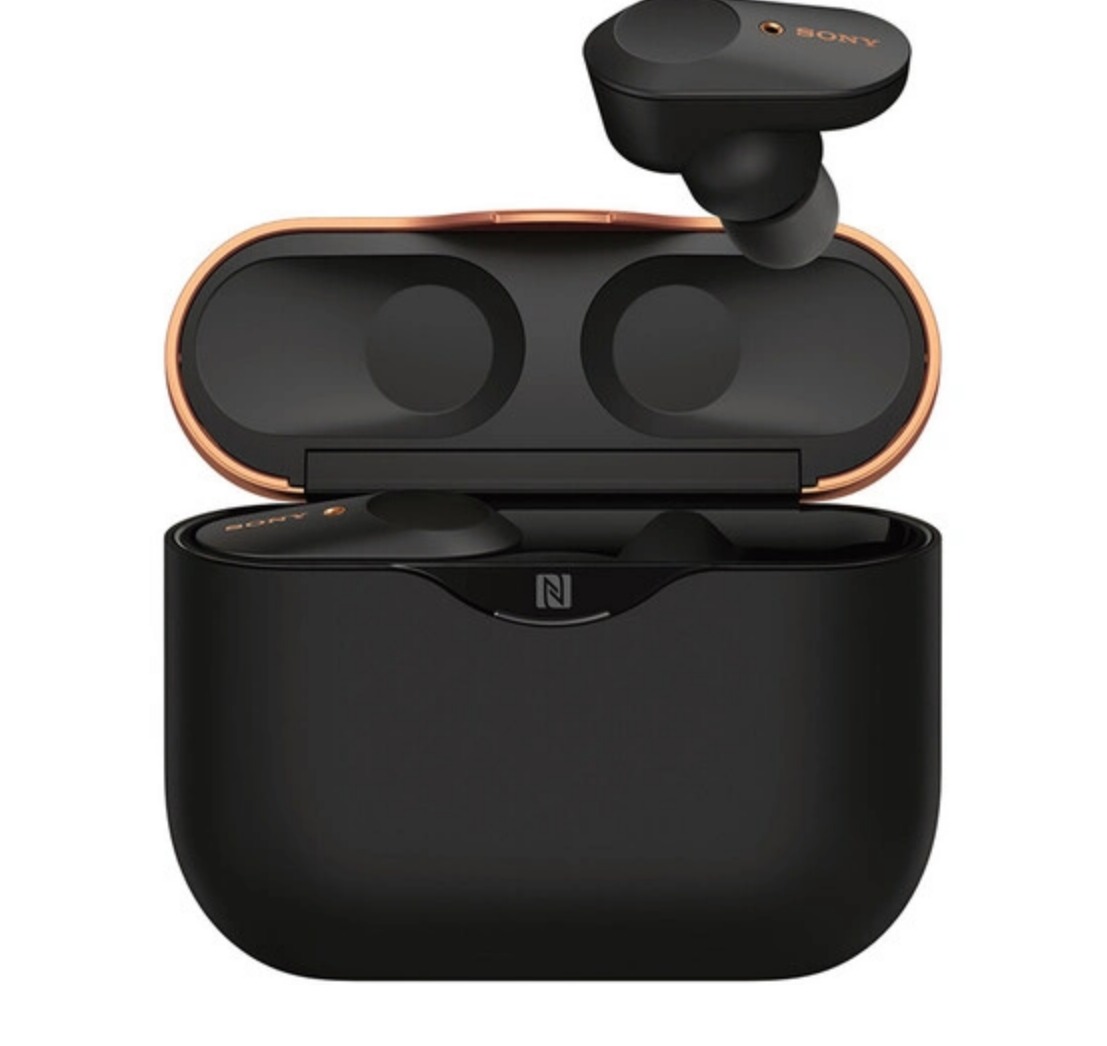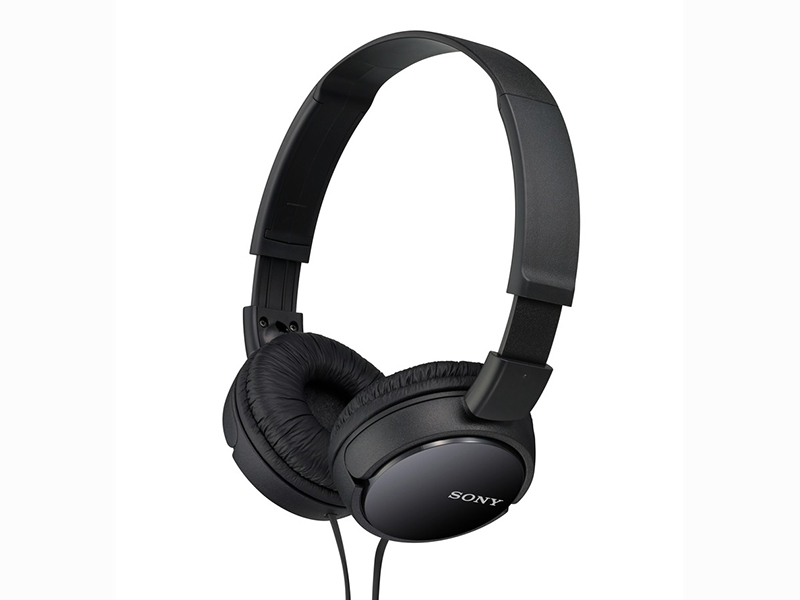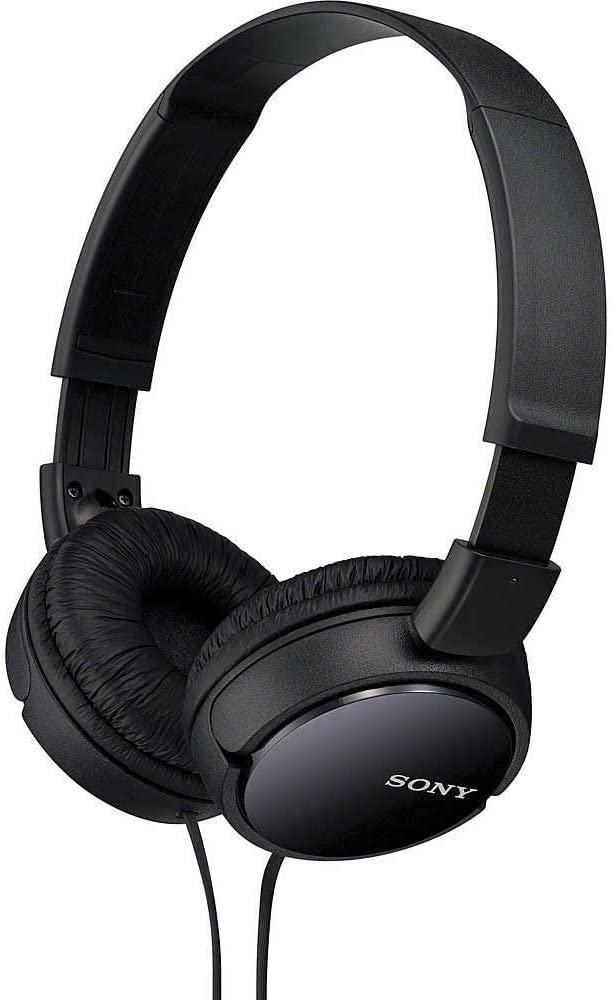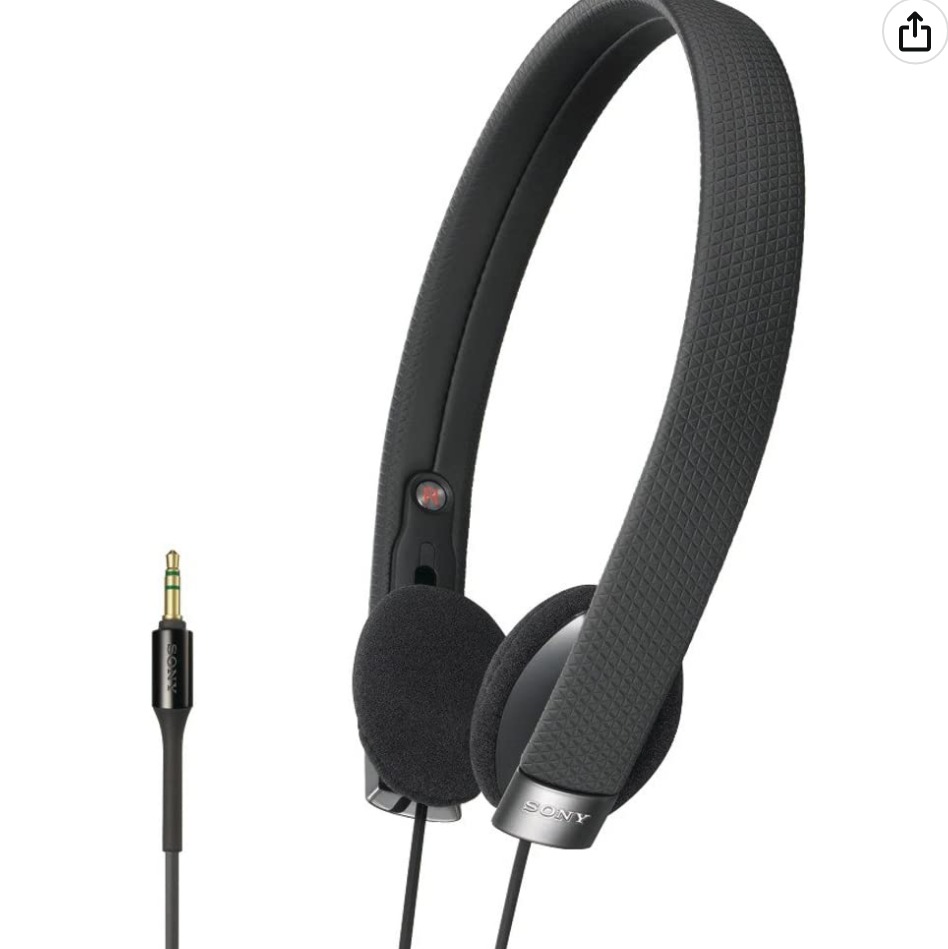Sony SSE-BTR1: Unpacking the Science of an All-in-One Fitness Tracking Headset
Update on April 25, 2025, 4:44 p.m.
Imagine the scene: a crisp morning run. The rhythm of your feet on the pavement, the steady cadence of your breath, the landscape unfolding around you. Now, add the desire for a motivating soundtrack and the craving for data – heart rate, pace, distance, elevation – all without juggling a phone, a separate music player, and a GPS watch. This dream of the unburdened, data-rich workout has long fueled innovation in fitness technology. Long before sophisticated smartwatches became commonplace, ambitious devices like Sony’s SSE-BTR1 Wireless Headset, launched back in 2015, attempted to make this dream a reality. It wasn’t just a pair of headphones; it was conceived as an all-in-one training partner, packing a music player, GPS, heart rate monitor, and a host of sensors directly into your ears.
But how did Sony attempt this feat? What scientific principles powered its tracking capabilities? And what can this early pioneer teach us about the evolution of wearable technology? Let’s delve beneath the surface, exploring the intricate science, the engineering challenges, and the real-world experiences (based on product information and user feedback from its time) embedded within this fascinating piece of early wearable tech. It’s important to remember we’re looking back at technology from 2015, using the available product descriptions and user comments from that era as our primary lens.

The Engineering Tightrope: Miniaturizing the Lab
The first thing to appreciate is the sheer audacity of the SSE-BTR1’s concept. Integrating a GPS receiver (which needs a clear view of the sky and a relatively complex antenna), a battery capable of powering it, multiple motion and environmental sensors, and audio playback components into a lightweight, behind-the-neck headset was a significant engineering challenge in the mid-2010s. Every cubic millimeter was precious real estate. This pursuit of integration inevitably involves trade-offs – balancing feature richness against battery life, component size against performance, and advanced capabilities against cost and usability. The story of the SSE-BTR1 is, in many ways, a story of navigating these inherent tensions in early wearable design.

Heart of the Machine: Decoding Movement and Physiology: The Sensor Ensemble
At the core of the SSE-BTR1’s tracking prowess was its suite of six distinct sensors, working in concert to paint a detailed picture of your workout. Why so many? Because capturing the nuances of human movement and physiology requires observing it from multiple angles. Think of it like assembling a complete puzzle rather than just looking at a single piece.
Finding Your Way: GPS & Compass
For any outdoor activity tracking, knowing where you are is fundamental. The built-in GPS receiver tackled this. Imagine GPS working like this: the receiver listens for signals from multiple satellites orbiting Earth. Each signal essentially says, “I’m satellite X, and I sent this message at time Y.” By comparing the arrival times of signals from at least four different satellites, the receiver can triangulate its position on the globe – much like finding a location on a map by knowing its distance from several known landmarks. This data is the foundation for calculating your route, total distance, current speed, and average pace. Complementing the GPS was a Compass, using Earth’s magnetic field to determine your direction, adding another layer of accuracy to route mapping. However, like many early GPS wearables, users sometimes reported delays in acquiring that initial satellite lock, a common frustration when eager to start a workout.
Reading the Rhythm of Motion: Accelerometer & Gyroscope
While GPS tells you where you went, Accelerometers and Gyroscopes tell you how you moved to get there. An accelerometer works on the principle of inertia – it measures changes in velocity (acceleration) along different axes. Think of it like a tiny ball in a box; as you move, the ball shifts, indicating acceleration. This is crucial for counting steps, analyzing stride length, and detecting overall movement intensity. The gyroscope measures rotational motion – tilting, spinning, and turning. By combining data from both, the SSE-BTR1 could gain insights into more subtle aspects of running form, like pitch or rotational movements, offering a more granular understanding than simple step counting.
Listening to the Body’s Beat: Heart Rate via Ear PPG
Perhaps one of the most intriguing sensors was the Heart Rate (HR) monitor integrated directly into the earpiece. Instead of a chest strap, it likely used Photoplethysmography (PPG), a technology that’s now common in smartwatches. It’s a fascinating process: an LED shines light onto the skin inside the ear canal. A photodetector then measures how much light is reflected or absorbed. As your heart beats, blood pulses through the tiny capillaries, causing minute changes in blood volume. These changes alter the amount of light absorbed or reflected, and the sensor detects these rhythmic variations, translating them into a heart rate reading. Think of it like watching the subtle pulsing of blood under your skin with a tiny flashlight and camera. While convenient, ear-based PPG can be challenging. Maintaining consistent skin contact during vigorous exercise, dealing with sweat, and filtering out “noise” from head movements can affect accuracy. Indeed, some user feedback from the time mentioned occasional instability or loss of HR signal during runs, highlighting the practical difficulties of this sensing method in a dynamic environment.
Sensing the Environment: The Barometer
Rounding out the sensor suite was a Barometer. This tiny sensor measures atmospheric pressure. Why is that useful for fitness? Because air pressure changes predictably with altitude. As you climb a hill, the air pressure decreases; as you descend, it increases – similar to how your ears might pop when driving up or down a mountain. By detecting these subtle pressure shifts, the barometer allowed the SSE-BTR1 to estimate your elevation changes, providing valuable data on ascents and descents during your workout.
The Synergy: Data Fusion
The real power wasn’t just in having these individual sensors, but in the potential for sensor fusion – combining their data streams. For instance, GPS data combined with accelerometer data can potentially provide a more accurate pace reading, especially on varied terrain. Integrating HR, pace, and elevation data allows for a more sophisticated estimation of calories burned. This fusion aimed to transform raw sensor readings into the 11 distinct metrics the SSE-BTR1 claimed to track, offering a comprehensive dashboard of your performance.
Intelligence Whispering: When Data Sparks Action
Collecting data is only half the battle; using it effectively is where intelligence comes in. The SSE-BTR1 incorporated features designed to make the data actionable during the workout itself.
The Smart Playback Experiment: Music Paced by Your Pulse
This was arguably the SSE-BTR1’s most innovative and talked-about feature – an early exploration into biofeedback audio coaching. The core idea was simple yet elegant: the device would monitor your real-time heart rate and automatically select music tracks from its internal storage whose tempo (beats per minute) theoretically matched your current cardiovascular effort. If your heart rate dropped below the target zone for your workout goal (e.g., fat burning), it might play a faster song to encourage you to pick up the pace. If you exceeded the zone, it might switch to a slower track. This aimed to create a closed-loop system, subtly guiding your intensity level without requiring conscious effort.
It was a fascinating concept, leveraging music’s motivational power for physiological regulation. However, the execution, according to user feedback from the era, seemed to fall short of the ideal for some. Reports mentioned frustrations with the lack of direct control over music selection – you couldn’t easily choose specific songs or artists, and playback often felt random. The system lacked custom playlist support or an equalizer. This highlights a common theme in tech innovation: a brilliant concept can face significant hurdles in practical implementation and user acceptance, especially regarding something as personal as music choice during exercise.
Voice Coaching
Complementing Smart Playback was Voice Coaching. The headset could provide real-time audio updates on key metrics like heart rate, distance, and pace, either automatically at intervals or when requested via a button press. This allowed runners to stay informed about their performance without breaking stride to look at a watch or phone – a clear benefit for maintaining focus and flow during a workout.
The Ground Truth: Sound, Sweat, and Water – Navigating Practical Use
Beyond the sensors and algorithms, the practicalities of daily use heavily influence any wearable’s success.
Music Unleashed
The inclusion of 16GB of internal storage was a major selling point, offering the genuine freedom to leave the phone behind. Users could load potentially thousands of songs (an estimate based on reviews suggested around 3900 tracks) directly onto the headset via a USB connection, a significant convenience factor. However, as noted earlier, control over playback was limited, and some users felt the audio quality, while clear, didn’t meet the standards of dedicated high-fidelity headphones – a common trade-off when packing diverse functions into one device.
The Waterproofing Puzzle: Device vs. Signal
The SSE-BTR1 was marketed as “waterproof and washable,” and came with different earbud types, including ones specifically mentioned for swimming in reviews. This implied resistance to the rigors of exercise – sweat, rain, and even being rinsed clean afterwards. However, the term “waterproof” in electronics requires careful interpretation, especially when wireless signals are involved.
Here’s the crucial distinction: while the physical device might have been designed to withstand water ingress to a certain degree (perhaps meeting an IPX standard for water resistance), Bluetooth signals function extremely poorly underwater. Radio waves in the 2.4 GHz frequency range used by Bluetooth are absorbed very effectively by water. This is basic physics. Therefore, even if the headset itself could survive being submerged, establishing and maintaining a Bluetooth connection for audio streaming while swimming is generally not feasible. User reviews from the time confirm this reality, explicitly stating that Bluetooth did not work in the pool. Furthermore, the specialized swimming earbuds, designed to create a better seal against water, were reported to significantly muffle the sound. So, while the SSE-BTR1 was likely robust enough for sweaty runs or workouts in the rain, its aquatic capabilities were limited to resisting water damage, not providing functional Bluetooth audio during swimming.
Fit and Form
The behind-the-neck design with in-ear buds aimed for stability during exercise. Sony provided multiple sizes of earbuds and ear-securing “monitor covers,” acknowledging that achieving a secure and comfortable fit for diverse ear shapes is critical, especially for accurate heart rate monitoring via PPG. Nonetheless, as with any head-worn device, user feedback indicated that comfort and stability could be variable depending on the individual and the intensity of the activity.

Echoes in Time: Context, Ecosystem, and Lessons from an Early Adopter
The SSE-BTR1 didn’t exist in a vacuum. It relied on the Smart B-Trainer companion app for initial setup, detailed data analysis after the workout (visualizing routes, graphs, lap times), and syncing training plans. As sometimes happens with specialized apps, some users reported issues with regional availability or app performance, highlighting the importance of the software ecosystem to the overall hardware experience.
Placing the SSE-BTR1 in its historical context – released in September 2015 – is crucial. This was a period before the Apple Watch had fully catalyzed the smartwatch market and before truly wireless earbuds became mainstream. In this landscape, the SSE-BTR1’s level of sensor integration and its all-in-one concept were genuinely forward-thinking. It represented a significant engineering effort to consolidate multiple functions into a single, specialized device.
However, it also embodies the enduring equation of wearable technology: the constant balancing act. Adding more sensors and features (like GPS and continuous HR monitoring) increases capabilities but also consumes more power, potentially impacting battery life (a point of concern noted vaguely in user feedback). Miniaturization creates ergonomic challenges. Advanced algorithms like Smart Playback require processing power and careful tuning to meet user expectations. The user feedback, reflecting both appreciation for the concept and frustration with certain execution aspects, underscores these inherent trade-offs.
An Audacious Stride on the Wearable Path
The Sony SSE-BTR1 Wireless Headset stands as a compelling testament to the ambition driving the early evolution of wearable fitness technology. Packing six sensors, GPS, heart rate monitoring, and a music player into a headset in 2015 was no small feat. It boldly attempted to deliver on the dream of the fully integrated, phone-free training companion. Features like the ear-based PPG heart rate monitoring and the heart-rate-driven Smart Playback showcased genuine innovation, pushing the boundaries of what was thought possible in a consumer device.
Its legacy, however, lies not just in its successes, but also in the valuable lessons gleaned from its challenges. The reported issues with music control, underwater Bluetooth performance, and sensor stability serve as important reminders of the practical hurdles faced when translating cutting-edge concepts into reliable, user-friendly products. The SSE-BTR1, with its mix of advanced capabilities and real-world limitations documented by its users, offers a fascinating case study in the intricate dance between technological possibility and practical usability that defines the development of wearables.
It was an audacious stride on a long path, an echo from the early trail that helped pave the way for the sophisticated fitness trackers and hearables we rely on today. The persistent human quest to measure, understand, and enhance our physical selves through technology continues, forever building upon the insights gained from pioneers like this one.

